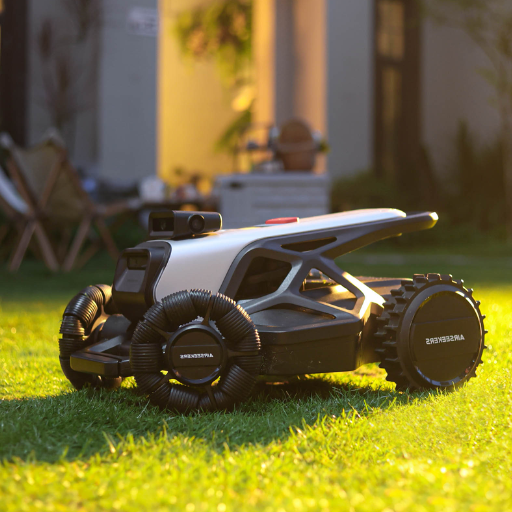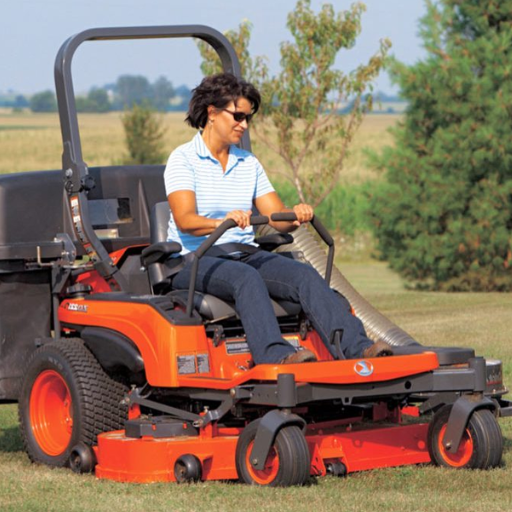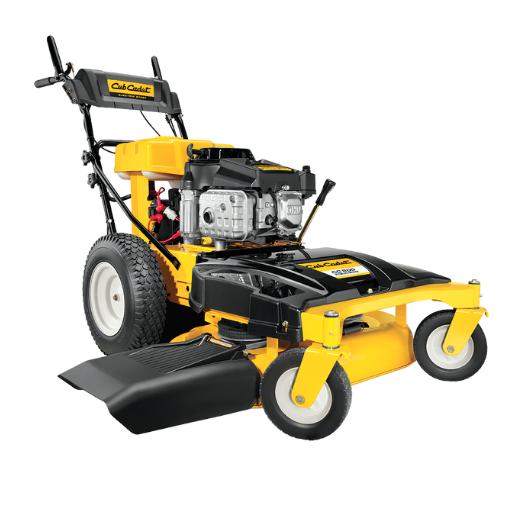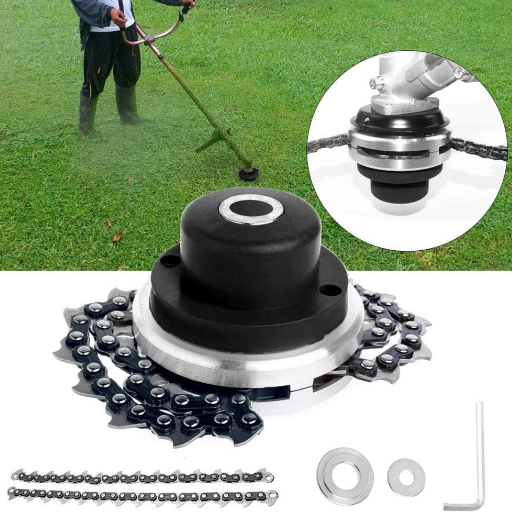Care to join me on this excursion into the remarkable universe of the gigantic embroidery machines? For creators and DIY enthusiasts, these machines are true wonders since they have the ability to convert the most complex patterns into stunning embroidered masterpieces. From the rest of the article, we will examine the interesting factors that differentiate these machines, review the most popular professional models from different international manufacturers, and give practical advice on how to use these machines fully. So, regardless of whether you’re planning to add to your home embroidery places or you need tools for large-scale embroidery projects, this guide relates not only all the information you ought to have in mind to make correct decisions regarding your purchases but also shows your embroidery skills in a new level.
What Makes a Big Embroidery Machine Stand Out?

Big embroidery machines are distinguished by their advanced features and capabilities, surpassing standard models. They boast expansive embroidery hoops, allowing for larger and more complex designs without the need for multiple hoopings. These machines usually come equipped with more needles, enabling them to handle multiple colors simultaneously, saving time and reducing thread changes. Additionally, they often include sophisticated software for precise design editing and customization directly on the machine. Enhanced speed and efficiency make them ideal for both hobbyists aiming for professional-quality results and businesses needing reliable, large-scale production. Their robust construction ensures long-term durability, making them a valuable investment for any embroidery enthusiast or professional.
Understanding Embroidery Machine Features
When I consider what makes a big embroidery machine stand out, the size of the embroidery area is crucial for accommodating more extensive designs and minimizing the hassle of re-hooping fabric. These machines usually offer multiple needle options, which allow me to work with various thread colors seamlessly, thereby enhancing efficiency. Advanced machines come with built-in design editing capabilities, providing me the flexibility to tailor patterns directly on the screen. Additionally, their durability and high-speed stitching make them indispensable for long-term, intensive use. From my research, I understand that picking a machine with robust software and easy-to-use interfaces greatly improves my workflow, allowing me to create with both precision and creativity. Whether I am expanding a personal project or managing a business, these features are essential in achieving high-quality embroidery results.
The Importance of Machine Size for Projects
The size of the machine has a huge effect on how I go about embroidery projects. I’ve come to understand that a bigger embroidery machine has a wider embroidery field, which is necessary for a range of bigger designs without the need to constantly re-hoop. I find this to be very beneficial as it actually saves me time and improves the productivity of my projects. I can also undertake complex projects since I have a bigger machine, making it important for both personal creativity and professional production. I think machines of this size are worth the investment because they are accommodating enough for me to increase my capabilities while working on different embroidery requirements.
Benefits of a Large Embroidery Field
A larger area for embroidery definitely has its perks for my projects. First, I can create large designs and detailed images that don’t require switchovers very often, saving a lot of time. In such cases, it will help, especially when there are many processes involved or the job size is big. Technically speaking, the lower end of a larger field is often 5×7 inches, and the upper end is 6×10 inches, with some complex devices reaching up to 8×12 inches. These dimensions allow me to create complex designs while giving me a very suggestive space. Moreover, it encourages the use of different fabric sizes to allow a wide variety of projects to be done while sustaining a very good result. Buying a machine with large embroidery fields helps me streamline my workflow as well as improve my personal and work-related embroidery projects.
How to Choose the Right Embroidery Machine for Your Needs

There are a number of issues that one has to consider when looking for an embroidery machine. First, determine the maximum size of the embroidery field you require for your projects. If you often work on fairly large or complicated designs, it would be useful to have a machine with a larger field, usually in the range of 5×7 to 8×12 inches. Next, consider the types of fabrics and threads you plan to use. You could use fabric materials for a greater scope of designs. Also, assess the automatic needle threader and many other technological aspects, such as the presence of a USB port and built-in designs, which can impact usability and productivity very much. Last but not least, cost has to be one of the most important factors; measure the price against the features so that you are not investing merely for the sake of spending to meet the present demand but the demand that is likely to increase in your embroidery works.
Comparing Popular Brand Models
I began with the fact that, when comparing the best embroidery machine models, there are a few basic points to focus on. In the case of embroidery field size, Brother, Singer, and Janome are quite different, with machines of the former most frequently being recommended for ease of use and those of the latter being easy to use yet well made. With regards to the operation of different types of fabrics, Janome would be the most preferred one, but Brother models would have a great number of built-in designs and technological capabilities. Further, Singer models are dependable too, but with more emphasis directed towards user-friendliness and cost. After assessing what I think is adequate in terms of embroidery field size, fabric types, technology, and cost, I will be in a better position to choose a machine that corresponds to both my personal and professional aspirations.
Key Features That Make a Difference
The important features that make a difference in embroidery machines are the size of the embroidery field, fabric types, and easy-to-use technologies. Brother machines are good for those customers who prefer creativity and ease of operation because they come with user-friendly interfaces and a good number of design libraries. For multifunctional embroidery, Janome is best because of its strong build and ability to sew on different fabrics. On the other hand, Singer offers satisfactory performance at a given cost, providing basic usage without missing out on essential operations. In light of these factors, I underlined the idea of integrating the potential of the machine with my own needs in embroidery in order to feel I have made a reasonable decision.
Factors Influencing Price
Generic information that I got from some of the other respective places helps me answer the question, ‘Why do embroidery machine prices vary?’ Apart from cost structure, another important aspect is the fourth field, which is the size of the embroidery field; machines with larger fields tend to be more expensive. Machines that allow multiple needle setups are costly, and you can change more colors and increase the thread without needing to rethread the machine. The additional convenience for use, creativity options, and size of the design library, as well as advanced features like touch screens and wireless connection, can also raise the price. Further, with the addition of a motor in the cost structure, the additional motor power increases the cost of machine sewing, too, as more powerful motors allow users to use the machine on tougher fabrics, which would otherwise end up costing more. Looking at all these parameters also explains the cost structure in a great deal of detail. In fact, they also assisted me in selecting the right model relevant to my projects and within the price range I set.
How to Sew and Embroider with Precision

- Understand Your Machine: Begin by thoroughly reading the user manual of your embroidery machine. Familiarize yourself with its specific features, capabilities, and settings to maximize precision in your projects.
- Select the Right Tools: Choose high-quality needles and threads appropriate for your fabric type. Matching your tools to the material helps prevent snags and ensures a clean finish.
- Stabilize Your Fabric: Proper stabilization is crucial for accurate embroidery. Depending on the fabric, use the right type of stabilizer, such as cut-away or tear-away, to maintain tension and avoid puckering.
- Set Up Correctly: Ensure that the fabric is tightly hooped, as loose fabric can lead to misaligned stitches. Adjust the hoop to be firm but not stretched, maintaining the integrity of the material.
- Calibrate Your Settings: Adjust the stitch length, tension, and speed according to the project requirements. Fine-tuning these settings helps achieve consistent stitch quality and reduces the risk of errors.
- Practice Patience: Take your time with each step, particularly when threading the machine and setting designs. Precision requires careful attention to detail, reducing the likelihood of mistakes.
These steps are vital to achieving high-quality results in both sewing and embroidery, ensuring your projects meet your expectations and desired standards.
Setting Up Your Sewing and Embroidery Machine
If you need to set up my sewing and embroidery machine, there are quite a few stages involved. I always start by reading the user manual properly so that I understand the various parameters and features of the machine, which is important for accuracy. I also prepare myself by choosing the proper needles and threads according to the type of fabric I want to use, which prevents rotary errors. Making sure the fabric is stabilized is also crucial – to avoid puckering issues, I choose the appropriate sort of stabilizer for the fabric I am using. I take the fabric and sew it on my tight hoop, making sure the fabric is properly tensioned without being overstretched. To prevent thread tracking, I also adjust my machine’s calibration in accordance with the task by changing stitch length, tension, and speed settings, which are quite flexible. I practice lots of patience during these steps as it saves me from making mistakes, and in the end, I get fine-quality sewing and embroidery work.
Utilizing Embroidery Software for Design
If I want to use this software properly for design embroidery, the first step involves browsing through the newest software options, targeting one that suits my needs and is aligned with my machine. Picking software is only the beginning because I dedicate some time to learning how to use the software, which includes importing, changing stitch paths, and changing the colors of threads. While I do not use these tools frequently, this strategy includes changing the design format as well as the various methods of digitization in an effort to improve quality and speed in my embroidery tasks. As long as my app remains up to date and I am familiar with the use of new features or plugins that the app supports, I can enhance my designs and remain innovative within my projects.
Mastering the Stitch and Needle Techniques
While honing my stitch and needle mastery, I pay close attention to the correlation between the type of fabric plus the needle and the size of the needle used. Moreover, I often sail through the recommended practices on authoritative embroidery to ensure that my tools and the techniques I present are appropriate. As an example, a ballpoint needle will always be used for knits so that snags and runs may be avoided, while a sharp needle cuts woven fabrics with exact stitches. The majority of needles I have come into contact with vary from a needle size of 70/10 to 90/14 which is the largest I have seen in braids. Maintaining an equal pressure for various stitches remains key and on many occasions, my embroidery machine’s tension is set between 4-5 and regulated depending on the thread type or the fabric type used. While I practice making precise and uniform stitches, a great deal of improvement is seen in both my artistic skills and the eye-pleasing appearance and structural strength of my work.
What Are the Best Practices for Maintenance?

Regular maintenance is critical to keeping your big embroidery machines in good condition and working well. It is best to start by doing some routine clean-up, as performers need to get rid of any lint and dust factor build-up in certain machine parts, including around the bobbin case and feed dogs. Applying oil to the machine’s moving parts, as per the manufacturer’s suggestions, helps in reducing friction and wear and tear. Replace broken needles as needed so as to eliminate the need for sharp needles to avoid tearing fabrics. Besides, check for updates regarding your design software to ensure that it performs optimally with newer attributes. Arrange for regular maintenance by professionals so that they can identify problems before they develop further, ensuring that the quality of your embroidery projects and the performance of your equipment are adequate.
Routine Maintenance Tips for Longevity
To keep my embroidery machine running smoothly, I start by cleaning the bobbin case and feeding dogs after every project to prevent lint build-up. Oiling moving parts at regular intervals, as guided by the user manual, helps reduce friction and prolongs the life of the machine. I replace the needle every eight hours of sewing to maintain perfect stitch quality and prevent fabric damage. Additionally, I frequently check for updates to my embroidery software to make sure I’m benefiting from improved features and stability. A yearly visit to a professional technician ensures any hidden issues are addressed before they can affect my projects.
When to Seek Service or Dealer Assistance
How do I decide if repairs on my embroidery machine should be left to a service center or a dealer? Over time, it can be disastrous if the noise comes from the machine. If the thread breaks, or if the tension control fails to hold the thread tight when it’s supposed to, don’t try to remedy the problem by yourself. The dealer should be consulted when the machine displays error codes or is unable to start after power has been switched on and properly plugged in. For the functions of the machine, including the stitch balance settings, tension and fabric requirements, and thread path and needle placement, basic maintenance of the machine can go a long way in ensuring that they all work accordingly. However, deeper assessments require a professional.
How Can You Personalize Your Projects with a Big Embroidery Machine?

Customizing your projects with a large embroidery machine requires its high-end features to be put to use. Begin by exploring the variety of available designs and fonts that can be modified or merged with one another to meet your personal requirements. To further expand your creative toolkit, knitting software can be used to import external images in the desired size for the project. Try out different thread colors, materials, and textures to visualize the end product. Further, apply a monogram or logo, or other embellishment containing personal initials on the garments and other accessories. Notably, a large embroidery machine enables seamless personalization when designing and bringing out the uniqueness of an item or items.
Exploring Custom Embroidery Designs
As someone who dabbles in custom embroidery designs, I usually start by looking at the available designs and fonts that are included in the machine in order to get some ideas. However, I truly want something different and unusual, so I make use of software for embroidery to bring in the designs that I have thought of so that the output fits what my project demands. This allows me to adjust and customize the designs as much as I want. In order to make my projects even more personal, I also experiment with different colored threads, materials, and stitching styles, for example, monogramming or applique. Doing so enables me to integrate unique aspects such as personal initials and complicated designs in my projects, and this gives me the opportunity to craft exquisite designs that suit my taste and preferences.
Using Embroidery Software to Edit and Create
When I do embroidery digitizing, I always start by choosing an easy-to-operate embroidery software with a wide range of tools needed for designing and editing. I take advantage of features like drag and drop interface and pre-loaded templates to jump-start the project. With advanced options, I can adjust stitch types, resize images, and even melt any digital graphic into an editable embroidery design. This software also allows me to portray the simulated threads and textures on the screen before actual embroidery takes place. By following step-by-step guides and tutorials often present with such software, I am able to polish my skills as well as confidence in performing complex yet creative and unique embroideries.
Innovative Ways to Personalize and Monogramming
An advanced method of monogramming and personalizing is to use the big embroidery machine technologies with touch screens and internet connectivity. With such features, I am able to introduce new styles and patterns that I take directly from cloud services. Besides, the overall look is influenced by the choice of the monogram font and its size, which can indeed have a huge impact. I make sure that the technical issues include the selection of appropriate thread tension, normally 2.0 to 3.0, and stitch density, which is also adaptive, usually around 0.4 to 0.5 mm, to obtain the best results. In addition, since the type of fabric used affects the appearance, I prefer to test the designs on the same fabric before the end of the project. In such ways, and following the technical specifications, I am able to personalize and monogram items to fit any preferences.
References
-
Good Housekeeping’s Best Embroidery Machines in 2024 – This article provides expert reviews on top embroidery machines.
-
Linda Z’s Embroidery Machines Shopping Guide – A comprehensive guide covering leading brands like Bernina, Brother, and Janome.
-
PatternReview.com Forums – A community forum where users discuss their experiences with different types of embroidery machines.
Frequently Asked Questions (FAQ)
Q: What are the advantages of using a big embroidery machine over a regular sewing machine?
A: A big embroidery machine offers specialized features like built-in embroidery designs, the ability to handle larger projects, and more intricate stitching options. These machines are designed to make the embroidery process more intuitive and enjoyable, unlike a regular sewing machine that may not have the same functionality.
Q: How does the built-in embroidery feature enhance the creative process?
A: The built-in embroidery feature allows users to easily access a variety of embroidery designs directly from the machine. This makes it possible to start embroidering quickly, without needing to download or transfer designs from another device. It adds to the creative possibilities by providing endless options right at your fingertips.
Q: Can a big embroidery machine handle quilting projects?
A: Yes, many big embroidery machines are versatile enough to handle quilting projects. They often come with features like a large embroidery area, adjustable presser foot, and options to combine various embroidery techniques, making them suitable for creating quilts and even sashiko designs.
Q: What is the benefit of having an LCD color screen on an embroidery machine?
A: An LCD color screen enhances the user experience by providing a clear and intuitive interface for selecting and editing embroidery designs. It allows you to rotate, flip, and adjust designs with ease, ensuring that your projects turn out exactly as envisioned.
Q: How can I ensure my fabric is secure while using an embroidery machine?
A: Using a hoop holder and ensuring that the fabric is hooped tightly is crucial for preventing movement during embroidery. Some machines also feature a dual lock system to secure the hooped fabric firmly, reducing the risk of errors in intricate designs.
Q: What makes the Memory Craft 550E stand out among embroidery machines?
A: The Memory Craft 550E is known for its large embroidery area and extensive built-in embroidery designs. It offers the largest embroidery possibilities, making it a popular choice for those looking to create big, intricate designs with ease.
Q: How does an embroidery-only machine differ from a regular sewing machine?
A: An embroidery-only machine is specifically designed for creating embroidery designs and does not have the functionality to perform regular sewing tasks. It is equipped with features like built-in embroidery designs, adjustable settings for intricate work, and often a larger embroidery area, unlike a standard sewing machine.










